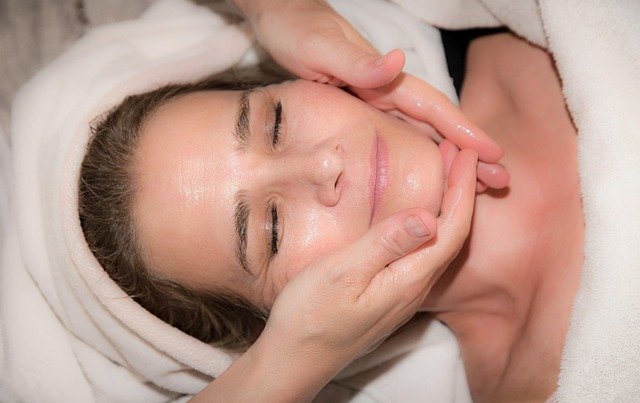Tanning Salons: Safety, Options, and Smart Skincare Choices
Modern tanning salons offer a range of ways to achieve a bronzed look, from UV tanning beds to spray or airbrush tanning. Whether you’re visiting a salon for a special occasion or maintaining a seasonal tan, understanding the options, risks, and aftercare helps you make an informed choice that balances beauty goals with skin health and long-term skincare planning.

tanning
Tanning choices split into two main categories: UV-based tanning (sunlamps and tanning beds) and topical tanning (spray or self-tanners). UV tanning darkens skin by stimulating melanin production but carries risk of sun damage and aging. Topical tanners use dihydroxyacetone (DHA) to create temporary color without UV exposure. Consider your skin type, history of sun sensitivity, and desired duration when choosing a method. For many, combining a short, cautious UV regimen with topical options for maintenance reduces overall UV exposure.
salon
A reputable salon prioritizes client safety, hygiene, and trained staff. Expect an initial consultation that reviews skin type, medications, and any history of skin cancer or photosensitivity. Staff should explain session lengths, lamp types, and protective measures like eyewear. Cleanliness protocols for beds and spray booths, visible licensing, and staff who can answer questions about local services and aftercare are good indicators of a professional salon. If anything seems unclear, ask for written guidelines or to speak with a manager.
tanning bed
Tanning beds emit UVA and, to a lesser extent, UVB radiation. Exposure time should be tailored to your skin’s Fitzpatrick type and incremental to avoid overexposure. Safety practices include wearing FDA-compliant protective eyewear, removing cosmetics that increase photosensitivity, and following staff-recommended session limits. Regular maintenance and lamp replacement at the salon affect output; lamps that are too old can deliver uneven or unexpectedly strong doses. Because beds increase risk of premature aging and certain skin cancers, many health authorities recommend limiting use and considering non-UV alternatives.
beauty
Many people use tanning services for perceived beauty benefits—an even complexion, slimmer-looking contours, or to cover imperfections. Spray tans and professional airbrush applications offer customizable color without UV risk and are useful for events where immediate, even coverage is desired. Maintain a realistic expectation: tan color fades and needs upkeep with exfoliation control and moisture. Pairing tanning with other beauty routines (hair color, makeup) should include timing considerations to avoid smudging or uneven results.
skincare
Protecting and restoring your skin before and after tanning is essential. Apply a broad-spectrum sunscreen on exposed areas when outdoors, and use a gentle cleanser plus a hydrating moisturizer after any tanning session. Regular use of antioxidant-rich serums and retinoids (as advised by a dermatologist) can counteract some photoaging effects, but retinoids increase photosensitivity and should be managed carefully around UV exposure. Watch for new or changing moles and consult a dermatologist if you notice anything unusual.
This article is for informational purposes only and should not be considered medical advice. Please consult a qualified healthcare professional for personalized guidance and treatment.
In summary, tanning salons provide several routes to achieve a bronzed appearance, each with trade-offs between aesthetic results and skin health. Choosing a reputable salon, understanding how tanning beds work, and prioritizing proper skincare can help you enjoy a tan while mitigating risks. For long-term skin health, many professionals recommend minimizing UV exposure and relying on topical tanning and diligent skincare to maintain both beauty and skin integrity.






